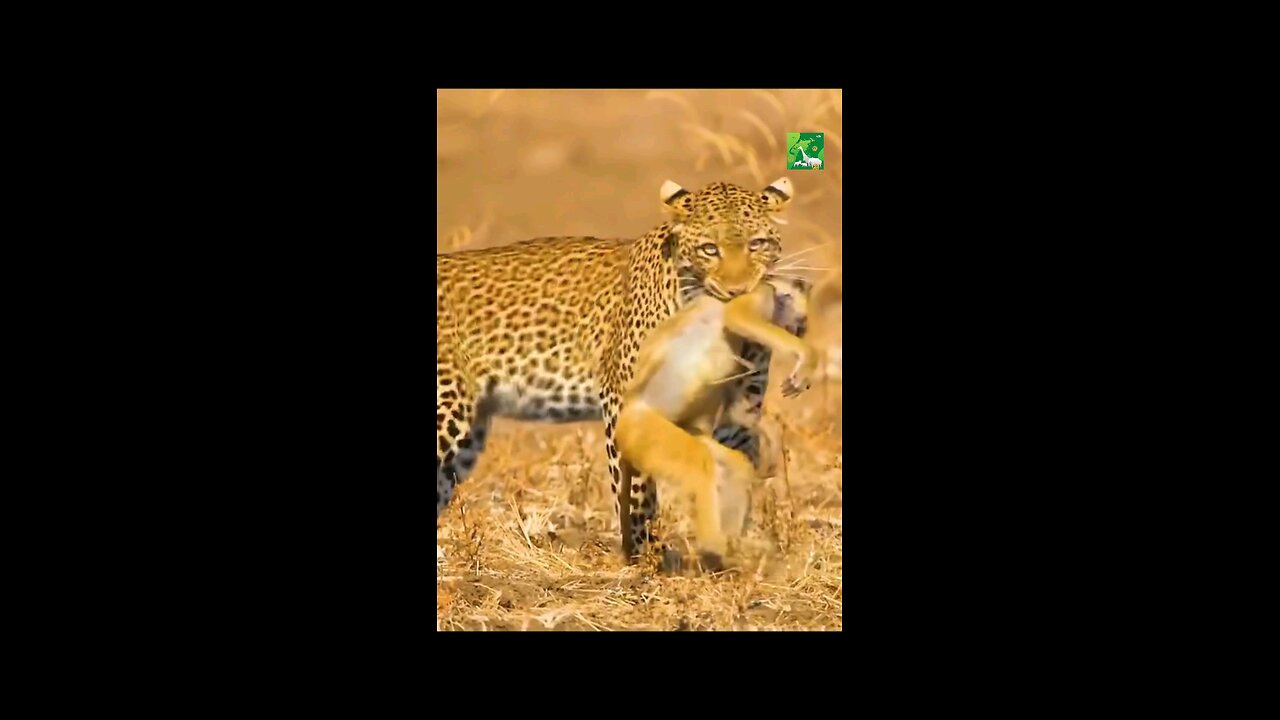Premium Only Content

Hungry Jaguar Hunting
A jaguar hunting is a remarkable display of stealth, power, and precision. Jaguars (Panthera onca) are apex predators and are known for their solitary and opportunistic hunting behavior. Here’s how a typical jaguar hunt might unfold:
1. Stalking Prey
a. Jaguars rely on their exceptional camouflage and stealth to approach their prey undetected. Their spotted coat blends seamlessly into the dappled light of their forest or grassland habitats.
b. They move silently, using the terrain and vegetation to their advantage, often getting within a few meters of their target before striking.
2. Ambush Tactics
a. Jaguars are ambush predators, preferring to attack from cover rather than chase their prey over long distances.
b. They often target animals near water sources, such as rivers or lakes, where prey may be drinking or grazing.
3. The Kill
a. Jaguars have one of the strongest bites of any big cat, capable of piercing the skulls or shells of their prey with their powerful jaws.
b. They typically kill by delivering a fatal bite to the skull or neck, crushing the brain or spinal cord. For larger prey like caimans or capybaras, they may bite through the skull or sever the vertebrae.
4. Diet and Prey
a. Jaguars are opportunistic hunters and have a varied diet, including capybaras, peccaries, deer, monkeys, birds, fish, and even reptiles like caimans and turtles.
b. They are strong swimmers and are known to hunt in water, making them unique among big cats.
5. After the Hunt
a. After a successful kill, jaguars often drag their prey to a secluded spot to eat, sometimes hiding it under leaves or brush to protect it from scavengers.
b. They may return to the carcass over several days to feed.
6. Adaptability
a. Jaguars are highly adaptable and can hunt in a variety of environments, including rainforests, swamps, grasslands, and even arid regions.
A jaguar’s hunting prowess is a testament to its role as a keystone species in its ecosystem, helping to maintain the balance of prey populations and overall biodiversity.
-
 2:21:38
2:21:38
Darkhorse Podcast
5 hours agoThe 267th Evolutionary Lens with Bret Weinstein and Heather Heying
43.6K25 -
 1:58:45
1:58:45
The Quartering
6 hours agoCorrupt Democrats Caught SHREDDING Evidence, Assassination Plot On Alex Jones, Tariff Fallout & More
108K40 -
 1:27:14
1:27:14
The Officer Tatum
4 hours agoLIVE: Trump and Elon BREAK INTERNET With BRAND NEW TESLA | Officer Tatum Show EP 78
48.1K28 -
 2:10:41
2:10:41
Adam Carolla
1 day agoCatalytic Converter Theft Turns Deadly + UPDATE! Rebuilding Malibu | Adam’s Wild Malibu Trip
27.5K12 -
 47:43
47:43
Russell Brand
7 hours agoWho’s Controlling the Narrative? Iran, Epstein, and the Fight Over Women’s Sports – SF552
161K88 -
 1:54:25
1:54:25
vivafrei
8 hours agoCanadian Premiers BUCKLE! "Gender" Wars in Congress! Madness in Seattle AND MORE! Viva Frei Live
88.2K102 -
 1:58:28
1:58:28
The Charlie Kirk Show
6 hours agoWhy The Left Hates Musk + Punishing Campus Antisemitism | Terrell | 3.12.25
114K23 -
 1:33:23
1:33:23
Simply Bitcoin
6 hours ago $3.85 earnedPlan To Buy 1M Bitcoin is BACK With A HUGE TWIST!! | EP 1201
58.6K2 -
 56:47
56:47
The Dan Bongino Show
8 hours agoSpending Bill Passes House And Everyone Loses Their Mind (Ep. 2440) - 03/12/2025
722K1.59K -
 3:43:02
3:43:02
Right Side Broadcasting Network
9 hours agoLIVE REPLAY: President Trump Holds a Meeting with the Taoiseach of Ireland - 3/12/25
124K15